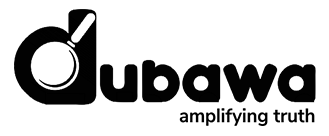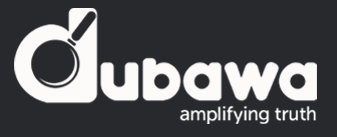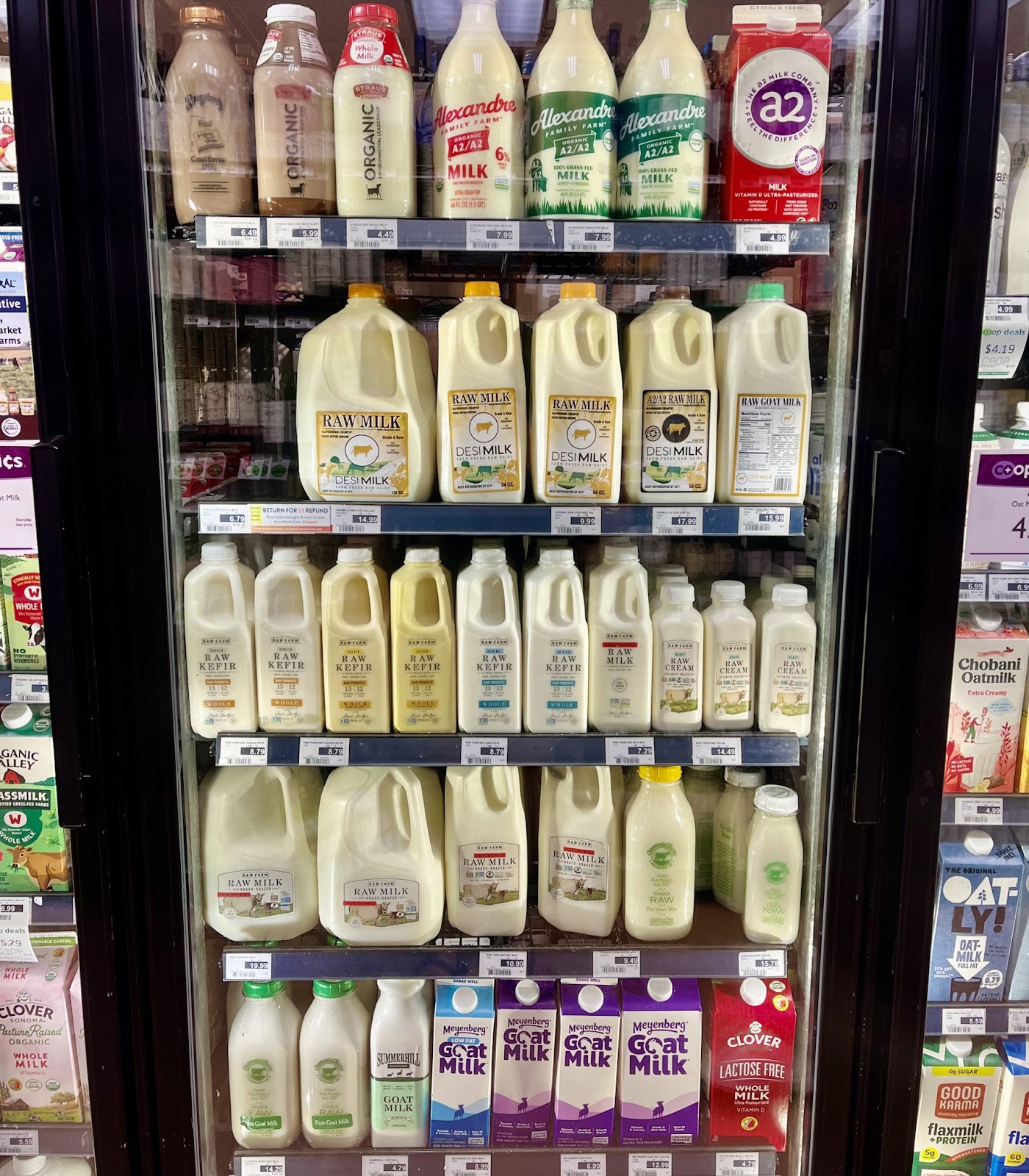|
Getting your Trinity Audio player ready...
|
Full Text
In recent years, raw milk has garnered attention as a natural, unprocessed alternative to pasteurised milk. Advocates claim it offers superior nutritional benefits and supports a healthy immune system.
However, alongside these claims, concerns about the safety of raw milk have also risen, particularly its potential to harbour harmful bacteria that can pose serious health risks.
According to the New York State Department of Health, Raw milk is milk from cows, sheep, goats, or other animals that has not been pasteurised to kill harmful bacteria and germs. Unlike the milk typically found in grocery stores, which is pasteurised and sometimes homogenised, raw milk is consumed naturally, just as it comes from the animal.
Pasteurisation is the process of heating milk to a high temperature for a long enough time to kill disease-causing bacteria. It has been used safely for over 100 years.
Due to public health concerns, raw milk sales are heavily regulated and banned in many regions. In some areas, it can be purchased directly from farms or through cow-share programmes, where consumers buy a share of a cow in exchange for its milk. The legality of raw milk sales varies widely, with some countries and states permitting its sale under strict conditions while others prohibit it entirely.
Potential health risks of raw milk
The consumption of raw milk can lead to serious and sometimes life-threatening illnesses. Raw milk can contain pathogenic bacteria and harbour dangerous bacteria such as Salmonella, E. coli, Campylobacter, and Brucella. These pathogens can cause foodborne diseases, which can be severe and even life-threatening, especially for vulnerable populations.
Infection Risks like Salmonella and E. coli can cause gastrointestinal distress, dehydration, and, in severe cases, hemolytic uremic syndrome (HUS), which affects the kidneys.
Listeria can lead to listeriosis, which is particularly dangerous for pregnant women, newborns, the elderly, and immunocompromised individuals.
There have been documented outbreaks of foodborne illnesses linked to raw milk consumption, highlighting the risks of drinking unpasteurised milk. Public health agencies, such as the Centers for Disease Control and Prevention (CDC), report that raw milk is a common source of outbreaks of bacterial infections.
The bacteria in raw milk can seriously affect the health of anyone who drinks raw milk or eats foods made from raw milk. While some people will have mild illness from bacteria in raw milk, others are at much higher risk for life-threatening diseases, especially pregnant women, children, the elderly, and people with weakened immune systems (such as people with cancer or HIV infection or recipients of organ transplants).
Symptoms of foodborne illness from raw milk
According to the CDC, symptoms of foodborne illness from raw milk can include diarrhoea, stomach cramping, and vomiting. In some cases, more severe outcomes like Guillain-Barré syndrome or hemolytic uremic syndrome can occur, potentially leading to paralysis, kidney failure, stroke, or even death.
Raw milk & Pasteurisation
While pasteurisation has helped provide safe, nutrient-rich milk and cheese for over 120 years, some people believe that pasteurisation harms milk and that raw milk is a safe and healthier alternative.
Pasteurising milk does not cause lactose intolerance or allergic reactions. However, raw and pasteurised milk can cause allergic reactions in people sensitive to milk proteins.
Raw milk does not kill dangerous pathogens by itself, and those marketed for pets and animals are unsafe for people to drink. Pasteurisation does not reduce milk’s nutritional value.
Safety measures and recommendations
Stringent hygiene practices on dairy farms can mitigate the risk of contamination. This includes regular milk testing, proper equipment cleaning, and maintaining a healthy animal environment. However, even with these measures, the risk of pathogen presence cannot be eliminated.
Health organisations such as the CDC, United States Food and Drug Administration (FDA), and The World Health Organization (WHO) advise against consuming raw milk, particularly for individuals in vulnerable populations. Pasteurisation remains the most effective method to ensure milk safety, as it significantly reduces the risk of bacterial contamination without greatly affecting the milk’s nutritional value.
Conclusion
The potential health risks associated with consuming raw milk cannot be ignored. The presence of harmful pathogens and the increased susceptibility of certain populations make raw milk a significant concern for food safety.
Understanding these risks is crucial for making informed decisions about milk consumption and ensuring the health and safety of all individuals.







